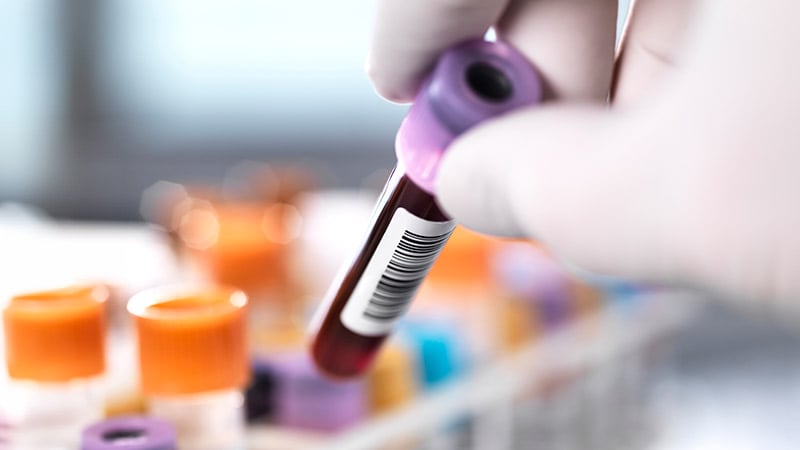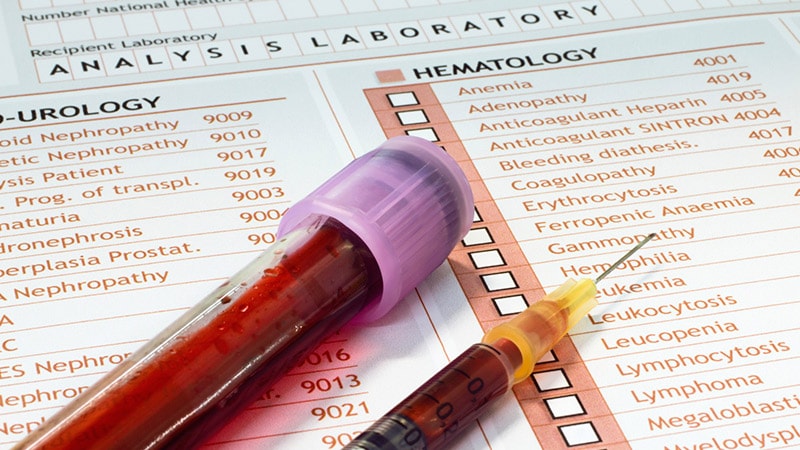New evidence suggesting that a portion of the Latin American population may have increased genetic sensitivity to pain heightens the chronic problems of inadequate healthcare access and professional training in the region. The number of pain centers is insufficient, and there is a lack of properly trained professionals, as well as a scarcity of formal undergraduate and postgraduate education programs on pain and palliative care.
Epidemiological data on Latin America are scarce, and the prevalence of specific chronic pain conditions, such as non-oncological chronic pain, fibromyalgia, and neuropathic pain, is unknown.
"Pain medicine in Latin America faces many challenges; we have many advantages and some disadvantages," said Marco A. Narváez Tamayo, MD, a specialist in anesthesiology and pain medicine and president of the Latin American Federation of Associations for the Study of Pain. Narváez Tamayo is also the president of the Bolivian Association for Pain and a professor of pain medicine at the Obrero Maternity and Children's Hospital in La Paz, Bolivia.
In Latin America, access to pain treatment varies greatly by region, said Dalia Raijman, MD, a specialist in physical medicine and rehabilitation at the Institute of Physical Rehabilitation of Buenos Aires/Clinic ALCLA and president of the Argentine Association for the Study of Pain.
In Argentina, she said, comprehensive care is not accessible to the entire population. "There is ample evidence that a multidimensional and multidisciplinary approach leads to successful pain treatment, but few pain centers adopt such an approach. The method of treatment is heavily influenced by the professional's training."
As an example, she mentioned that many patients end up in primary care and do not progress to pain care. Instead, the consultation leads to a traumatologist or rheumatologist, although many of these people could benefit from the expertise of a pain specialist team.
Pain management is multidisciplinary and multimodal; therefore, pain education should include not only pain specialists but also other healthcare professionals (in fields such as nursing, physiotherapy, and pharmacy), as well as healthcare auditors and administrators, according to a recent consensus statement.
Undergraduate pain education in Latin America is poor, said Raijman. There is no pain residency; thus, it is difficult for professionals to be interested in the specialty. Even if they are interested, for instance, "in Argentina, we doctors have to work many hours in public and private settings to earn a decent salary. So, training and education become much more complex."
When asked about the need for data, she replied that the Argentine Association for the Study of Pain is planning a national pain census and added that the population should be informed "that there are pain centers where they can be treated." She admitted, however, that not all health insurance companies and prepaid medical service providers have an adequate team available.
Narváez Tamayo added that another challenge in Latin America is the shortage of experimental pain research centers. But he highlighted the following three positive aspects: The advance of pain medicine in the past 20 years in major regional centers, the more efficient communication channels that allow knowledge dissemination, and the fact that "the region is not facing the opioid addiction epidemic seen in other countries."
Pain As a Disease
The Latin American Federation of Associations for the Study of Pain is focused on promoting the application of the parameters established in the latest revision of the International Classification of Diseases, 11th edition (ICD-11). The classification is used by all health ministries, medical colleges, and scientific societies.
At a congress in Lima, a panel of experts from 14 Latin American countries recommended that the ICD-11 classification be implemented promptly at all levels, especially in primary care, where most chronic pain consultations begin. The use of "ICD-11 will improve chronic pain management in Latin American countries, both by pain specialists and by primary care physicians," they said.
ICD-11 is a standardized classification based on the latest medical knowledge, assigning codes to different health conditions. The 11th edition includes more than 100,000 terms in 17,000 diagnostic categories used for clinical recording and for designing public health policies and measuring their impact.
The interest of the Latin American Federation of Associations for the Study of Pain lies, in part, in this latest version, ICD-11, which considers primary chronic pain a disease rather than a manifestation of another disease.
With this classification, doctors have a specific diagnosis for their patients, thus opening the door to treatment options, said Narváez Tamayo. "Doctors have a clearer picture; it's like having a marked field and knowing where you're going to make your plays."
Nociplastic pain, which is included in the new classification, is one example. In patients with pain for whom laboratory tests, imaging, or electrophysiology do not provide diagnostic information, "previously, the doctor's behavior was not to believe them or doubt what they said." With this new classification, which includes this type of pain where the nociceptive system (ie, the connections transmitting pain) is affected, the doctor's attitude should change substantially.
Primary chronic pain, another new concept in the classification, is characterized by persistent pain for more than 3 months, associated with significant functional impairment or emotional distress, that cannot be explained by another cause. In addition, the classification defines six types of secondary chronic pain.
Another important update concerns chronic pain related to cancer, which was not represented in ICD-10. Identifying the nature and cause of pain in a patient with cancer or cancer survivor is important for better management. Chronic pain after tissue trauma also was not represented in ICD-10. Therefore, "it was generally neither recognized nor treated adequately, despite its frequency and deleterious impact on patient functioning and quality of life," said Latin American experts.
Increased Pain Sensitivity?
Pain symptoms result from various factors, including differences in pain sensitivity. Science is showing that the Latin American population could be more sensitive to pain than other populations.
A recent international study involving researchers from Mexico, Colombia, Peru, Argentina, Chile, and Brazil demonstrated that the Latin American population may have a higher presence than the European population of Neanderthal-origin genetic variants associated with pain sensitivity.
The studies focused on the genetics of a sodium channel that is vital for the generation and conduction of nerve impulses in nociceptors: Nav1.7. This channel regulates the excitability of nociceptive neurons by amplifying subthreshold stimuli, thus contributing to the ascending phase of action potential and neurotransmitter release.
Rare mutations in SCN9A cause rare forms of pain insensitivity or extreme pain syndromes. Individuals carrying the three specific variants, absent in European populations but common in Latin American ones, experience greater pain.
This study reported a high frequency of these variants in the CANDELA cohort for the genetic study of nonpathological variation. Its population consisted of more than 7000 participants from Brazil, Chile, Colombia, Mexico, and Peru. Another part of the same study was conducted in the Quantitative Sensory Testing cohort consisting of 1623 healthy Colombian participants, in whom pain sensitivity was experimentally measured. The methodology included measuring six pain thresholds initially and after the topical application of mustard oil, which rapidly sensitizes nociceptors to harmful stimuli. This approach allowed them to confirm a specific nociceptive modality consistent with what was expected from the Nav1.7 genetic variants.
What's curious is that these three genetic variants seem to come from Neanderthals, so the conclusion was that in this cohort, Neanderthal ancestry in SCN9A is significantly associated with a lower mechanical pain threshold.
"Why Neanderthals might have had a greater pain sensitivity and whether introgression in SCN9A represented an advantage during human evolution remains to be determined," wrote the authors.
This knowledge could allow for adjusting doses and types of drugs in the future, based on common genetic variations.
"For decades, we've been accustomed to thinking that pain treatment is the same for everyone in terms of dosage and drugs, and that's not true," said Narváez Tamayo. He mentioned that each person, Latin American or not, should be studied individually. "The response to the same drug, at the same dose, will differ even among family members."
Narváez Tamayo and Raijman declared no relevant financial conflicts of interest. The meeting of the panel of experts of the Latin American Federation of Associations for the Study of Pain in Lima was held within the framework of the XIV Latin American Congress on Pain and was sponsored by Grünenthal LATAM.
This story was translated from the Medscape Spanish edition using several editorial tools, including AI, as part of the process. Human editors reviewed this content before publication.

.webp) 2 weeks ago
6
2 weeks ago
6



























 English (US)
English (US)